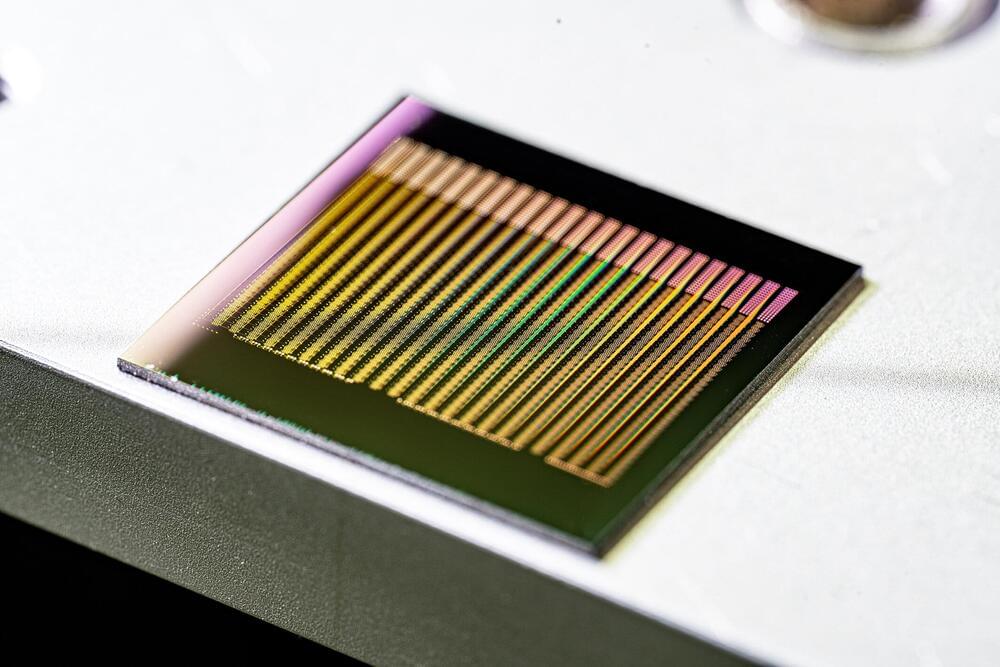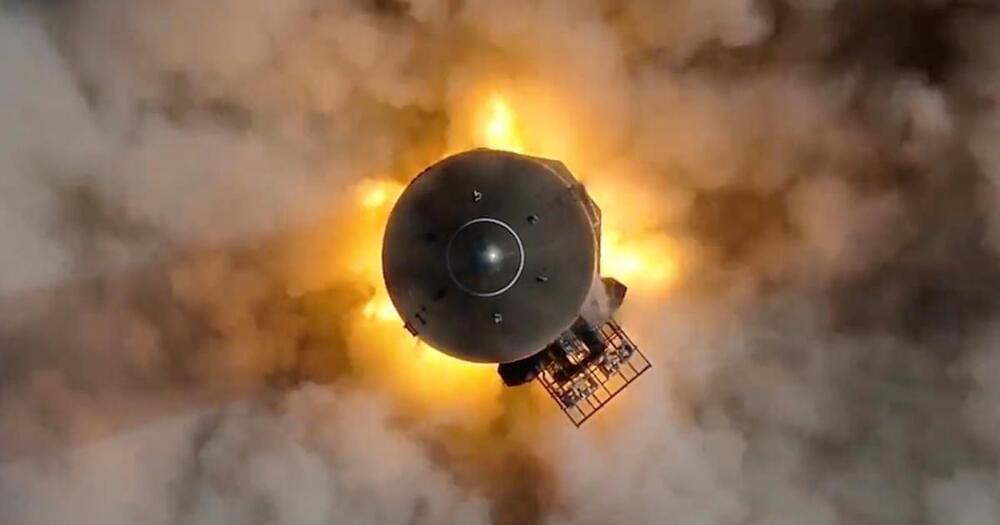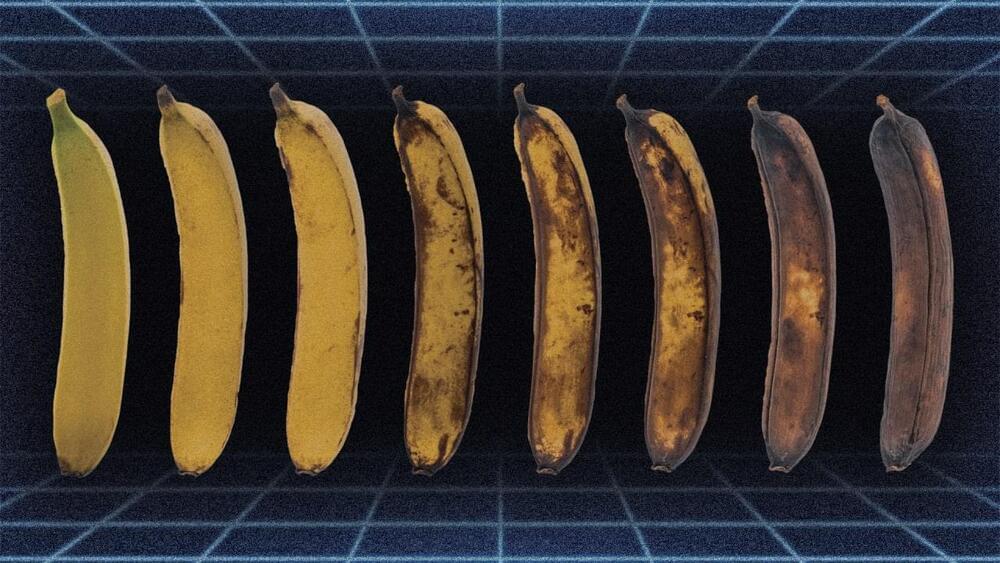Stars could be sliced in half by “relativistic blades,” or ultra-powerful outflows of plasma shaped by extremely strong magnetic fields, a wild new study suggests. And these star-splitting blades could explain some of the brightest explosions in the universe.
The study authors, based at the Center for Cosmology and Particle Physics at New York University, outlined their results in a paper published in September to the preprint database arXiv. The study has not yet been peer-reviewed.









